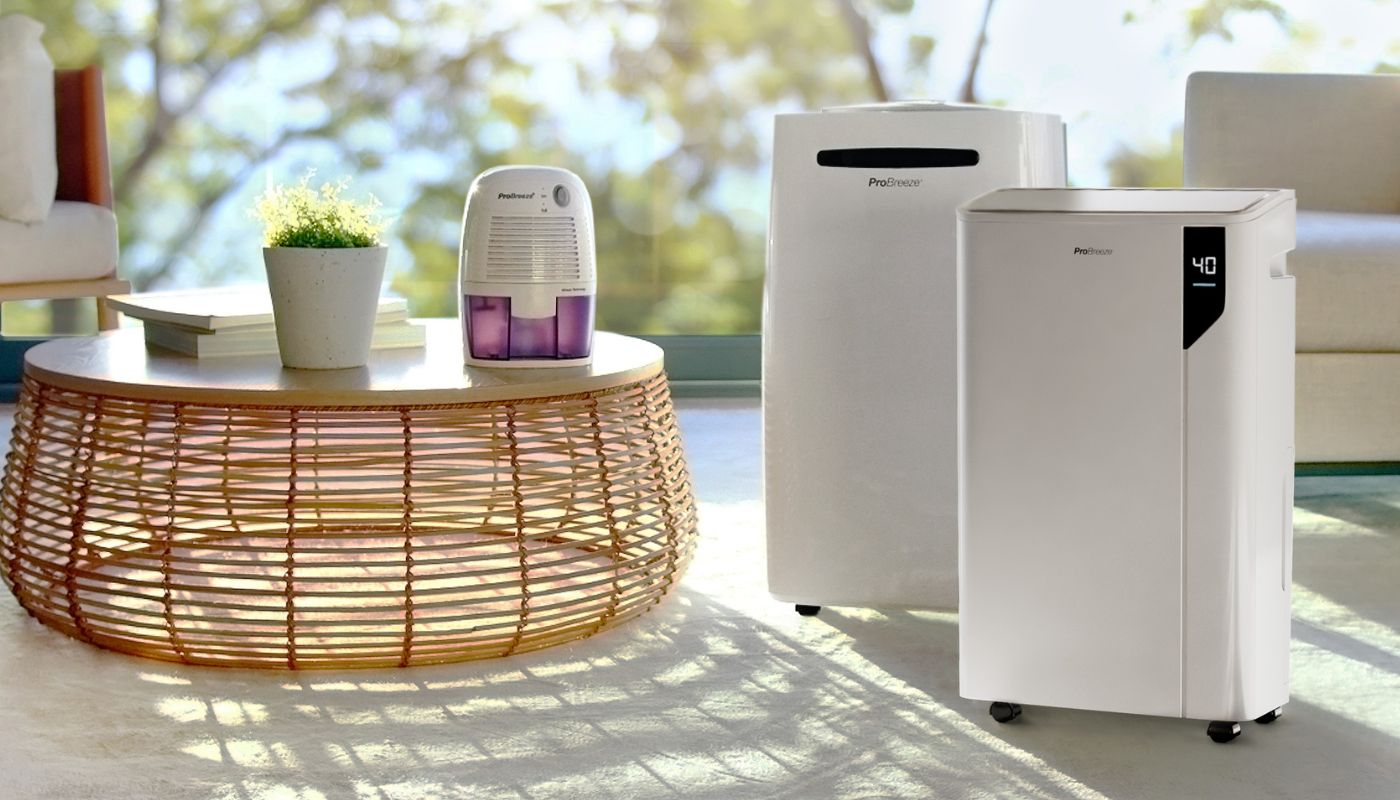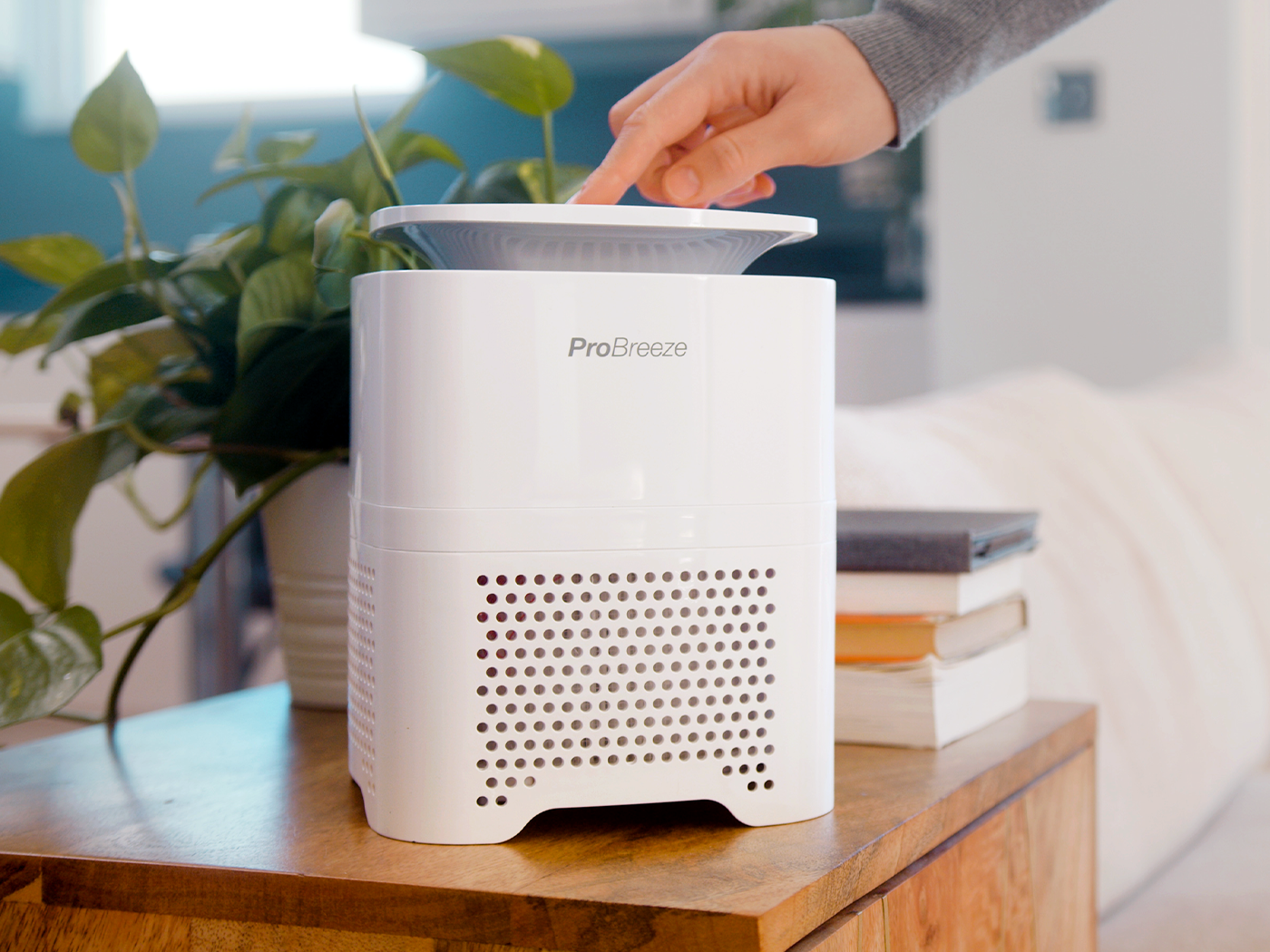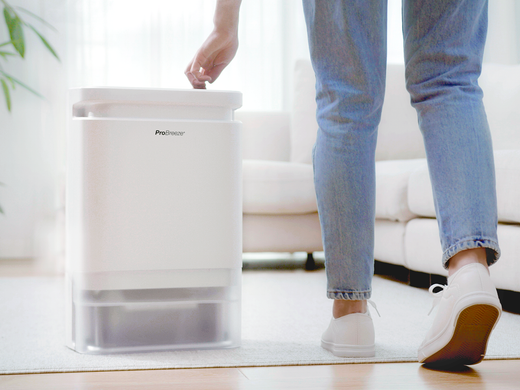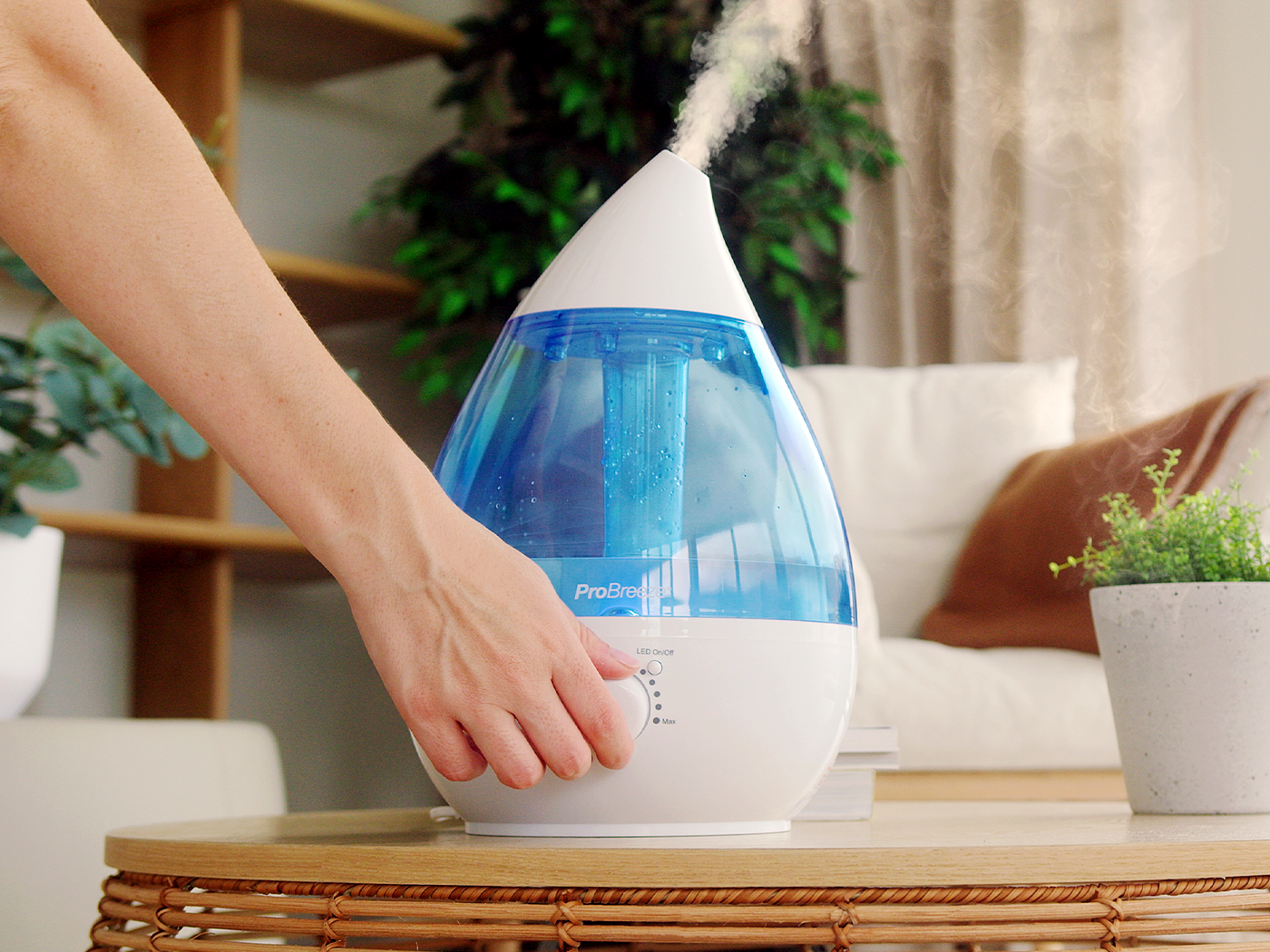We are in the period of the year where everything blooms and beautiful days arrive, but this season is not only this, for some people, this implies sneezing, runny nose congestion and other annoying symptoms. These same allergens that cause congestion and tearing, in some people can cause an asthma attack.
Allergies and asthma are constantly increasing. Studies conducted at the CNR (National Research Council) in an international paediatric investigation have shown that 6% of children between 6 and 8 are asthmatic and about 25% have presented symptoms. In adults, the percentage of allergic patients rises up to 30-40% with a constant increase from year to year.
Allergic asthma is the most common type of asthma. The most common symptoms appear after inhaling these particles called allergens which are pollen, dust mites or moulds. Furthermore, if you are an asthmatic (allergenic or non-allergenic) person, the symptoms usually worsen after inhaling smoke, dust, mites, other fumes or after exercising in cold air.
Allergens that are small enough to breathe deeply and end up in the lungs include:
- Pollen in the air that comes from trees, herbs and weeds
- Spores and fragments of mould
- Animal hair
- Dust Mites
- Wall-to-wall carpet
- Mattresses that are not covered by allergies
- Pillows and sheets that you can't wash in hot water
- Soft Toys
- Wet areas
Given that allergies and asthmatics are on the rise is good for people to know and learn how to prevent a possible attack. In fact, asthma control starts at home.
Try these simple strategies to improve your indoor air quality to keep seasonal allergies and asthma attack under control:
- Let the air circulate in your house
A simple, quick way to improve the air quality of a home even if it seems simple, is to keep the windows open whenever possible, ensuring you always have good air circulation.
- Check the humidity
A good humidity is between 30% and 50% which manages to prevent the accumulation of mould that grows rapidly in some areas. Thanks to the help of dehumidifiers you will be able to control humidity in your home, managing to defeat condensation and mould.
- Make sure to vacuum often to remove polluting particles.
The best vacuum cleaners collect twice the dust and are much better at preventing particles from leaking into your room. It is especially important to vacuum frequently if you have pets, as pet hair can increase air pollution in your home. Pollen can also stick to your pet's fur and carry it indoors - not ideal if you're a hay fever sufferer.
- Consider buying an Air Purifier
You might consider an air purifier, particularly if you have allergies, if you have small children, breathing problems, live near a road or an industrial facility, are often exposed to second-hand smoke or odours that you have no control. If you live near a crowded main road, they can help remove particulates from inside your home or pollen that can sometimes be introduced from the outside when you open and close external doors and windows.
Choose one with a HEPA filter if you want to remove particles from the air such as dust, pet hair and smoke. If it is necessary to remove odours or gaseous pollutants, one must be used with an activated carbon filter. A HEPA filter will not filter them, as they only remove the particles.
- Houseplants
Another simple way to ensure good air quality is through the purchase of indoor plants. They produce fresh and clean air in your home with very little maintenance.
- Remove shoes before entering the house
When entering your home, be sure to remove your shoes to avoid introducing chemicals, pollen, dirt and dust inside. If you have a porch it is a good idea to leave your shoes outdoors here or just inside the front door if you don't have a porch.






